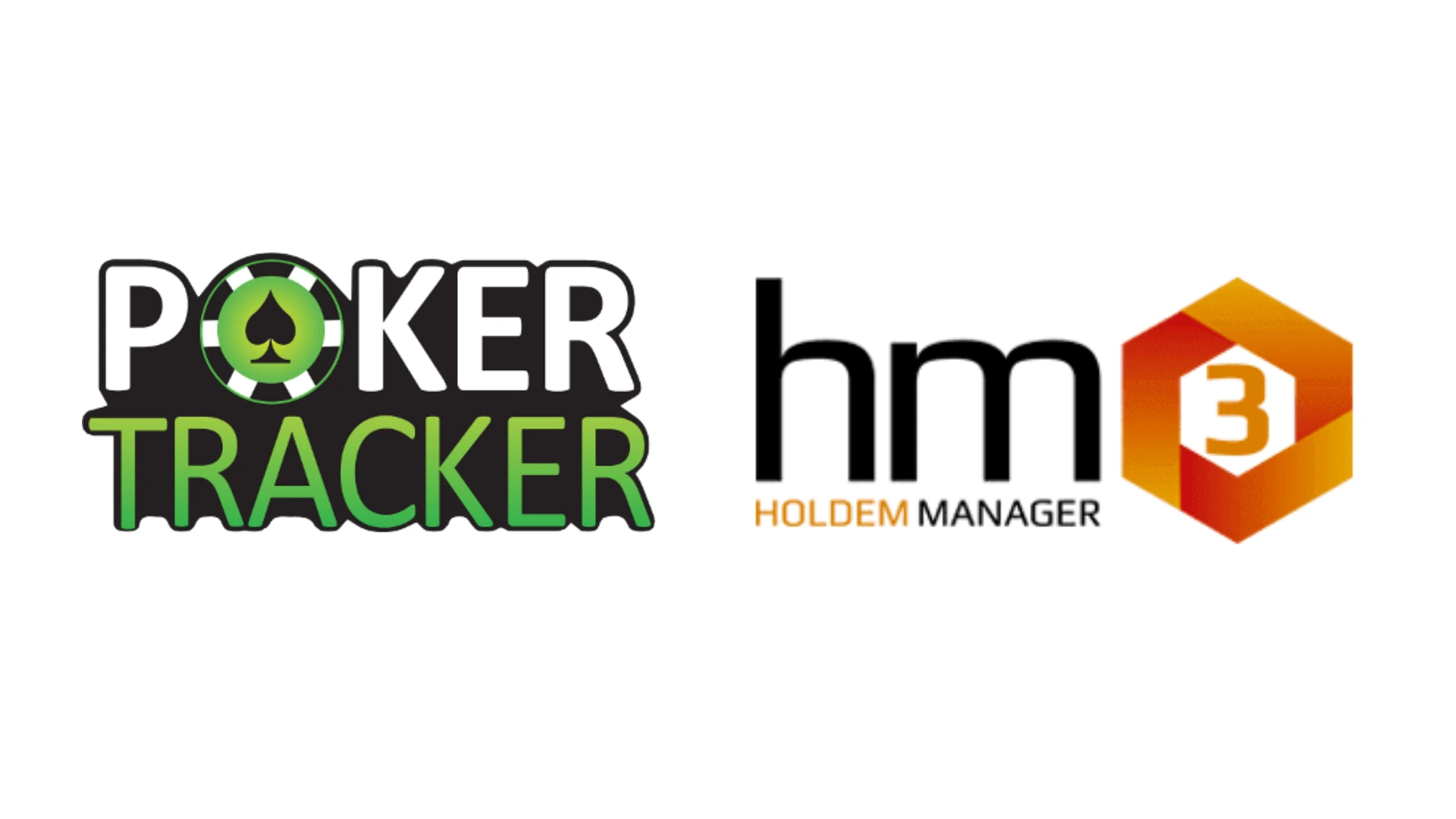Managing Your Poker Bankroll: Risks and Safe Bets

Apr 11, 2025
•
2 min read
How comfortable are you with losing it all? How much of a gambler are you?… How good are you?
- Daniel Negreanu
We previously discussed poker variance to prepare for the short-term losses we’ll face as long-term profits grow. The key to maintaining psychological resilience is a healthy poker bankroll.
Even players with solid win rates will encounter unsettling downswings and extended break-even stretches. This leads aspiring pros to ask, “What should my poker bankroll be?” or “What percentage should I bet?”-all variations of the central question: “How much money should I have for poker?”
Ready to find out how? Let’s dive in!
Why Is Poker Bankroll Management Important?
To understand why poker BRM is important, consider that players who overestimate their abilities often face a harsh reality check when they go bankrupt, underscoring the significance of poker bankroll management. Playing above our limits almost guarantees financial disaster.
This is why, a proper bankroll management prevents us from going broke, enables us to make the most profitable decisions, even in losing situations, and, it provides opportunities for aggressive shot-taking, further increasing our profits.

What Should Your Poker Bankroll Be?
You might be wondering, “What is the bankroll rule in poker?” The truth is there is no set rule. If you haven't proven you can win over a sample of 50,000 hands-or ideally, 100,000-it's best to assume you're not winning. In that case, your required bankroll could be infinite. Luckily, just a few hundred dollars can provide enough for plenty of micro-stakes buy-ins.
If you have a few hundred dollars for entertainment, that’s a solid starting point. As you learn to outplay weaker opponents during this course, you’ll find that making a profit is achievable.
However, developing a win rate above average requires real skill. If you’re asking, “What is a good ROI for a poker player?” the answer is anything positive. Our goal is to help you exceed that and reach your full potential.
Use tools like PokerTracker or Hold'em Manager to track your hands. These programs are far more effective for bankroll management than any dedicated apps.

Now, let’s assume you’re a small winner or on your way to becoming one. How can you determine how many buy-ins you'll need for long-term success? Keep reading!
Poker Bankroll Management Strategies
If you do not keep an adequate bankroll, variance will wipe you out, even with an edge over opponents.
- Jonathan Little
To determine your initial stakes, you need to assess your risk of ruin. A poker variance calculator can help with this, estimating the required bankroll size based on a specific risk level. Most variance calculators assume 5% ROR, which is too large for full time pros.
Common advice found in online forums often downplays the risks for full-time players while exaggerating them for those with other income sources. Let’s take a closer look at some key numbers to better understand your situation.

Strategy 1: Buy-Ins Based on Win-Rate
Consider the following table showing the bankrolls required based on your win-rate and standard deviation in 6max Hold’Em. Each bankroll is calculated with a 5% risk of ruin, meaning there’s a 1 in 20 chance that you could bust out.
| Win-rate | Buy-ins for a 100bb cap game |
|---|---|
| 1bb/100 hands | 160 |
| 3bb/100 hands | 55 |
| 5bb/100 hands | 33 |
These figures are based on scientific measures that predict the necessary bankroll to survive the worst downswings-at least 19 out of 20 times.
Strategy 2: For Those All-in on Poker
Many full-time grinders have jobs or other income streams, but some players aim to make poker their sole income. For these players, a 5% risk of ruin is simply too high. If you've ever gone all-in with a strong hand, only to lose on the river, you understand the pain of variance. In such cases, consider doubling or tripling your bankroll requirements.
It's also important to keep your living expenses separate. If poker is your full-time job, aim to have at least a year’s worth of living expenses saved, which should not include your poker bankroll.
Try running the variance calculator with half your win-rate and maintain a bankroll around that size. If you're on a losing streak, move down in stakes. The temptation to quickly recover often leads to further losses.
Strategy 3: Bankroll for a Side-Hustle
If poker represents a smaller portion of your income, a riskier, more aggressive strategy may suit you better. A 10% or 20% chance of ruin means you’re more likely to bust if you hit a downswing early. However, if you have discretionary income, you can always replenish your poker bankroll. The more you earn, the more you can afford to gamble. Familiarize yourself with potential downswings using the variance calculator.
For instance, if you plan to play $200NL with a 3bb/100 win-rate, the chart suggests a bankroll of $11,000. If you have an extra $5,000 each month, you might start at that stake with only 15 or 20 buy-ins, as it won’t take long to rebuild your bankroll if things go south.
Strategy 4: Shot Taking
We recommend being aggressive when it comes to taking shots. The easiest way to increase your poker profits is to move up in stakes.
While players often focus on negative variance, you’ll also experience positive variance and hot streaks. When you’re running well, you’re likely playing your best. These moments are ideal for taking a shot at the next stake.
If you've just won ten or twenty buy-ins, you can use five or ten for the next level. Consider setting aside three for the higher stake. Start a session at your usual stake, but play half the tables you normally do, with one table at the next level.
Using currency-to-big-blind converters can help streamline this process, making it easy to forget you're even taking a shot! If you lose those few buy-ins, simply move back down. If you perform well, gradually add more tables at the higher stake in future sessions.
Strategy 5: Moving Down
If you find yourself in the midst of a severe downswing, remember that you can always move down in stakes. While full-time players might need to do this more frequently than part-timers, it’s a strategy everyone should adopt.
Although it might feel discouraging, please reduce your stakes if you drop twenty or more buy-ins. Being over-rolled can prevent tilt and help you avoid a downward spiral.
Starting a Poker Bankroll with No Money

Yes, true enthusiasts of the game can build a poker bankroll from scratch! It will take time, but the key is to focus on free-roll tournaments.
Some sites offer small winnings of just a few dollars to the winners of these free-entry tournaments. If you're starting with nothing, participate in these tournaments until you accumulate enough for a reasonable bankroll at the lowest penny stakes.
From there, follow our shot-taking advice to climb higher!
Conclusion
Winning poker strategies come with inherent risks and at this point, a solid bankroll is crucial. Professional players with no other income might aim for less than a 1% or 2% chance of ruin. Those with other income sources can take more aggressive actions.
For players able to replenish their poker bankrolls from discretionary income, playing with a smaller bankroll than full-time pros is manageable. The goal is always to move up in stakes, taking aggressive shots at higher levels and moving back down if necessary.
A slow, deliberate transition feels smoother than a sudden one. Practice patience and humility, and your poker bankroll will grow in no time!
ZOOM IN
The following links are recommended resources related to this section’s theme. Don’t stay in doubt--dive in! 🔔
- Variance calculator: We recommend you to try with “primedope.com”.
- Database tracking software: You may want to check PokerTracker 4 and Holdem Manager 3.
- Tilt: Learn how to avoid tilt in poker.
- Discord Community: Join the coolest poker community, don’t be shy! Use it to ask questions and interact with other poker enthusiasts and professionals.